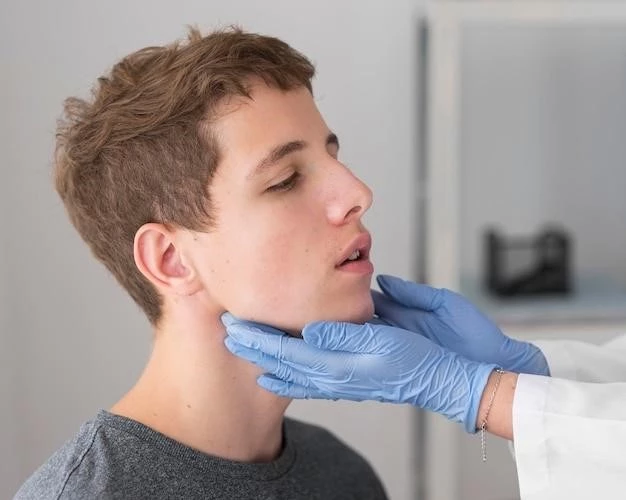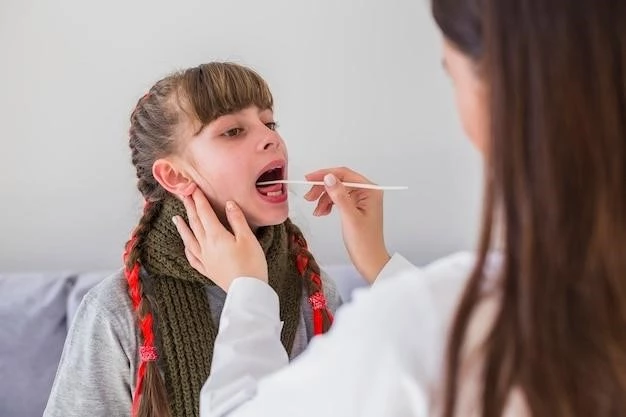Overview of Polysyndactyly Orofacial Anomalies
Polysyndactyly orofacial anomalies encompass a spectrum of inherited malformations involving digit fusion and extra fingers or toes․ The phenotype can vary widely․
Definition and Classification
Polysyndactyly orofacial anomalies, encompassing a spectrum of inherited malformations, consist of a combination of syndactyly (digit fusion) and polydactyly (extra fingers or toes)․ These anomalies can present in various ways and have different classifications based on the severity and specific characteristics of the condition․
Syndactyly and Polydactyly Phenotypes
Syndactyly involves digit fusion, while polydactyly results in extra fingers or toes․ These phenotypes can vary widely within families and across different forms of syndactyly and polydactyly․
Syndactyly⁚ Digit Fusion
Syndactyly, a common inherited malformation, involves digit fusion typically through webbing․ This condition can manifest in various syndromic forms with over 300 distinct anomalies and can present differently within families․
Polydactyly⁚ Extra Fingers or Toes
Polydactyly, also known as hyperdactyly, is characterized by the development of additional fingers or toes on the hands or feet․ This common congenital anomaly can occur in isolation or be associated with other conditions, impacting the normal development of the limbs․

Pallister-Hall Syndrome
Pallister-Hall Syndrome is a rare autosomal dominant genetic disorder characterized by various congenital abnormalities, including hypothalamic hamartoblastoma, polydactyly, renal anomalies, and imperforate anus․
Genetic Characteristics
Research has identified genetic mutations associated with Pallister-Hall Syndrome, an autosomal dominant disorder․ These mutations lead to various congenital abnormalities such as hypothalamic hamartoblastoma, polydactyly, renal anomalies, and imperforate anus․
Varadi-Papp Syndrome and Cerebellar Anomalies
Varadi-Papp Syndrome is characterized by cerebellar anomalies, orofacial features, and polysyndactyly․ The syndrome exhibits a high degree of phenotypic variability․
Relationship with Orofacial Features
Varadi-Papp Syndrome is associated with a combination of cerebellar anomalies, orofacial features, and polysyndactyly․ The syndrome presents with a high degree of phenotypic variability, showing different manifestations within affected individuals․
Oro-Facial-Digital Syndrome Type VI (Váradi Syndrome)
Oro-Facial-Digital Syndrome Type VI, also known as Váradi Syndrome, is characterized by autosomal recessive inheritance of orofacial anomalies, cerebellar dysgenesis, and polysyndactyly․
Oro-Facial-Digital Syndrome Type VI (Váradi Syndrome)
Oro-Facial-Digital Syndrome Type VI, also known as Váradi Syndrome, is characterized by autosomal recessive inheritance of orofacial anomalies, cerebellar dysgenesis, and polysyndactyly․
Mohr Syndrome and Oro-Facial-Digital Syndrome II
Mohr Syndrome, also known as Oro-Facial-Digital Syndrome II, is characterized by laryngeal anomalies and polysyndactyly, particularly in the feet․ These rare malformations are typically observed in related syndromes with similar orofacial findings․
Laryngeal Anomalies and Polysyndactyly
In Mohr Syndrome, individuals may exhibit laryngeal anomalies along with polysyndactyly, particularly in the feet․ The presence of these rare malformations can also be observed in related syndromes, such as the Majewski syndrome, known for its distinct orofacial findings․

Haas-Type Polysyndactyly
Haas-type polysyndactyly is characterized by complete cutaneous syndactyly of all hand fingers, sometimes involving foot toes with frequent presentation of polydactyly․
Characteristics and Presentation
Haas-type polysyndactyly is distinguished by complete cutaneous syndactyly of all hand fingers, occasionally involving foot toes with a prevalent presentation of polydactyly․ This anomaly showcases a unique combination of digital fusion and additional digits, contributing to its distinctive appearance․
Polydactyly and Syndactyly
Polydactyly involves having extra fingers or toes, while syndactyly is characterized by fused digits․ These are common limb anomalies that can have various presentations․
Common Hand Anomalies
Hand anomalies, including polydactyly and syndactyly, are common limb abnormalities seen in newborns․ These defects may occur in isolation or be part of a syndrome, with polydactyly classified based on the location of the duplicated digit․
Observation and diagnostic tools play a critical role in identifying polysyndactyly, a congenital anomaly combining polydactyly and syndactyly, requiring meticulous evaluation for accurate diagnosis and treatment planning․
Clinical Diagnosis of Polysyndactyly
Observation and diagnostic tools play a crucial role in identifying polysyndactyly, a congenital anomaly that combines polydactyly and syndactyly․ Accurate diagnosis and treatment planning require a thorough evaluation of the affected individual’s limb anomalies․
Study findings show associations of polydactyly with various congenital anomalies, highlighting the importance of understanding these relationships for comprehensive patient care․
Associated Anomalies in Polydactyly
Study findings reveal associations of polydactyly with various congenital anomalies, shedding light on the interconnected nature of these conditions and the importance of holistic patient care․
Risk Factors and Incidence
Prevalence studies highlight the incidence rates and demographic variances of polysyndactyly, shedding light on the risk factors associated with this congenital anomaly․
Prevalence and Demographic Variances
Studies on polysyndactyly have revealed varying incidence rates and demographic variations, providing insights into the prevalence of this congenital anomaly across different population groups․
Management and Treatment Approaches
Surgical interventions and rehabilitation are key components of managing polysyndactyly, aiming to address the digit fusion and extra fingers or toes to improve functionality and aesthetics․
Surgical Interventions and Rehabilitation
Surgical interventions, along with postoperative rehabilitation, are essential components of the management of polysyndactyly․ These procedures aim to correct digit fusion and extra fingers or toes to enhance both function and aesthetics, ultimately improving the patient’s quality of life․
Conclusion and Future Research Directions
Summarizing the findings, the study emphasizes the need for further investigations to advance the understanding of polysyndactyly and orofacial anomalies, paving the way for improved diagnostic and treatment strategies in the future․
Based on the information available, please find below the requested text for the subheading ‘
Summary of Findings and Areas for Further Investigation’ on the topic ‘Disease⁚ Polysyndactyly orofacial anomalies’⁚
Summary of Findings and Areas for Further Investigation
Summarizing the current findings, the study underscores the importance of continued research to deepen our understanding of polysyndactyly and orofacial anomalies․ Further exploration is crucial for refining diagnostic and therapeutic approaches, paving the way for enhanced patient outcomes and advancements in clinical practice․
